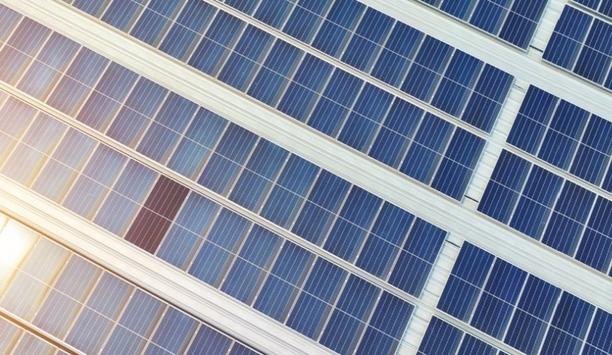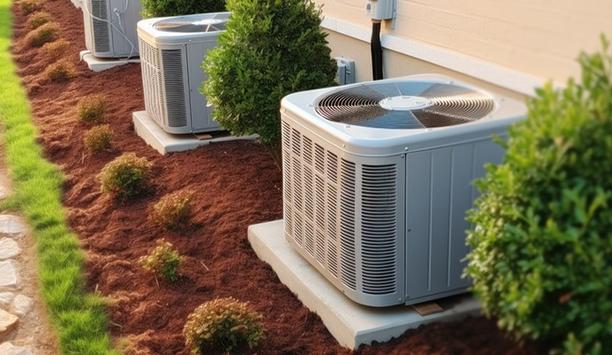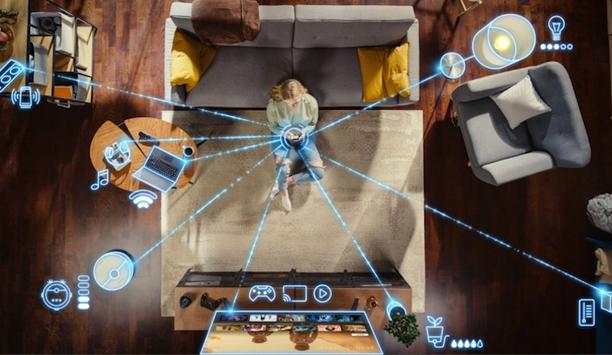A focus of research and development in the HVAC arena has been to develop alternative materials and technologies that requires less energy to function while still providing a benefit to regulate temperature. More passive approaches to regulating temperature offer green benefits and yield new components in systems to regulate temperatures in the future.
Here are some examples and a glimpse of what’s to come. Phase-change materials have drawn interest because of their ability to change their physical state depending on the temperature in the environment. When PCMs store heat, they convert from solid to liquid, and vice versa when they release heat.
Providing scalable opportunities
Phase-change material (PCM) composites can regulate the temperature inside buildings using a simple and cost-effective manufacturing process. The composites can be added to building materials such as paint or can be 3D-printed as home accents to integrate into indoor environments. By augmenting climate control strategies, they can help to lessen the burden on struggling power grids.
These materials are passive components that require no electricity to regulate temperature
Using the PCM composites provides scalable opportunities to regulate temperatures passively in both new buildings and existing structures. These materials are passive components that require no electricity to regulate temperature. Researchers at Texas A&M University combined light-sensitive liquid resins with a phase-changing paraffin wax powder to create a new 3D printable ink composite.
Broader temperature ranges
Using a light-sensitive resin, they cured it with an ultraviolet light to solidify the 3D printable paste. In the future, researchers will experiment with various phase-change materials that operate at broader temperature ranges and manage more thermal energy during a given cycle.
Cooling chips made from bismuth telluride have applications in air conditioning and refrigeration. When electrical current runs through the chips, it removes heat, allowing one side of the chip to cool while the other side heats up. Phononics is a Durham, N.C., startup that has secured $50 million in funding from Goldman Sachs Asset Management to develop the approach.
Cooling outdoor installations
The funding will be used to build out high-volume manufacturing in North Carolina and in Thailand
It’s a versatile technology that enables small or large chips that can be used to deliver the coolant effect needed for compact freezers, for air conditioning, or to prevent overheating of laser-based sensors in autonomous cars or optical transceivers to transmit 5G data. In the future, there are possible applications in cooling mattresses, motorbike helmets, and cooling outdoor installations.
The funding will be used to build out high-volume manufacturing in North Carolina and in Thailand. An advantage of the approach is that there is no impact on global warming, unlike traditional vapor compression systems. Although bismuth telluride powder is toxic, it is benign when manufactured into chips, and can be safely recycled or disposed of.
Light-Colored material
An associate professor at Northeastern University in Boston has created ‘cooling paper,’ which enables a building or home to essentially keep cool with no electricity required. The paper, which is recyclable, reflects heat away from rooftops and removes heat from homes and buildings. The paper can cool down a room’s temperature by as much as 10 degrees Fahrenheit.
The invention works through the porous microstructure of the natural fibers inside the cooling paper, which absorbs warmth and reemits it away from the building. The light-colored material is part of the study of nanomaterials by Yi Zheng, Associate Professor of Mechanical and Industrial Engineering at Northeastern University.








































